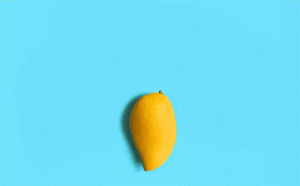
Eating fruit, many people regard it as the first choice during the weight loss period. You may think that substituting fruit for dinner will prevent you from gaining weight, or eating unsweetened fruit will prevent you from growing flesh.
In fact, the sweetness of fruits may deceive you, and some unsweet fruits are “calorie bombs.”
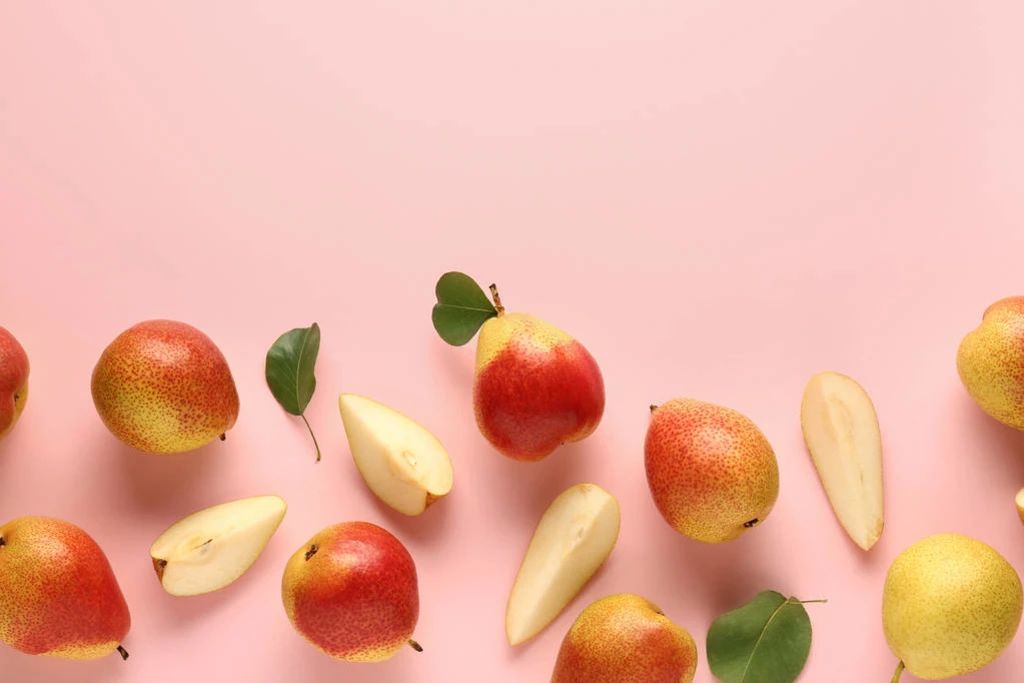
A 10-year follow-up study: eating too much fruit will make you fat
A study published in the European Journal of Nutrition examined the relationship between the intake of 29 kinds of vegetables and 17 kinds of fruits and weight changes and found that eating more fruits will increase weight, while vegetables are the opposite.
The team of the National Cancer Research Center of Japan used questionnaires to conduct a 10-year follow-up study with 54,000 Japanese residents aged 40 to 69 years old without chronic diseases.
The results show that an increase in fruit intake by 100 grams per day will increase body weight by 70 grams. in:
For every 100 grams of citrus fruits (oranges, tangerines, oranges, etc.) intake, the weight will increase by 55 grams;
For every 100 grams of non-citrus fruits (apples, pears, peaches, strawberries, grapes, kiwis, pineapples, bananas, watermelons, melons, papaya, etc.) intake increases, 82 grams of weight gain.
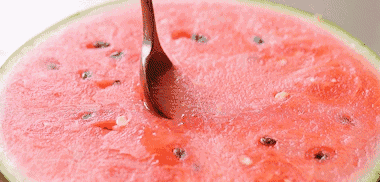
The above research results show that people who are overweight or obese, lose weight, and diabetic patients should eat less fruit; while people with weak physique, malnutrition, and hypoglycemia should increase fruit intake.
It is recommended to consume about 300 grams per day, which is equivalent to:
1 fist-sized pear
Or 1 half-fist-sized apple
Or 2 bananas
Or 3 kiwis
Or 25 crisp dates
Supplement the right amount of fruit every day to help control weight and blood sugar.
Why some fruits are not sweet but easy to get fat
In the eyes of many people, the sweeter the fruit, the higher the sugar content and the higher the calories. However, to judge whether the sugar content of fruit is high, you can’t just taste it with your mouth, because the sweetness is often deceptive.
Common sugars in fruits include fructose, glucose, sucrose and starch. In terms of sweetness:
Fructose>sucrose>glucose>starch (almost tasteless)
Among them, the sweetness of fructose is about 2.4 times that of glucose and about 1.2 times that of sucrose.
To determine whether a fruit has high calories, there are mainly 3 dimensions:
Sugar content
Types of sugar
Percentage of various sugars
For example, a sweet watermelon contains only 6.2% sugar, because fructose is relatively high, while an apple that is not sweet to watermelon has a sugar content of 10%.
According to the relationship between sweetness and calories, fruits are divided into the following three categories:
It tastes sweet, but not high in sugar
Some fruits taste sweet, in fact, the sugar content does not exceed 10%, and the calories per 100 grams do not exceed 36 kcal.
Representative fruits: watermelon, strawberry, papaya, apricot.

Not sweet, but high in sugar
Some fruits are not very sweet to eat, even very sour, but contain a lot of sugar, quietly making people gain weight.
Representative fruits: dragon fruit, hawthorn, ginseng fruit, passion fruit.
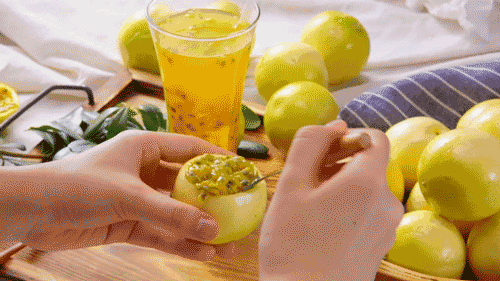
Hawthorn is especially sour, but it contains more than 20% sugar and 95 kcal per 100 grams of calories.
It tastes sweet and high in calories
Some fruits are very real, do not deceive the taste buds, taste sweet and have high calories.
Representative fruits: ripe cherries, pineapples, pomegranates, and mangoes, with a sugar content of 10% to 14%; persimmons, fresh dates, lychees, durians, jackfruit, sugar cane, and bananas, with a sugar content of more than 15%.
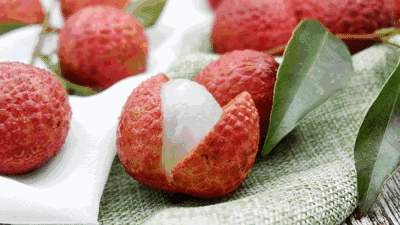
Fruits are easy to eat 8 kinds of “side effects”
Summer is the season of eating fruits more frequently. When enjoying the refreshing taste of fruits, some “side effects” caused by eating fruits often occur:
Allergy
Mangoes, melons, etc. are very easy to make people allergic. The specific manifestations are swelling of the lips and eyes. In severe cases, it can cause vomiting, rash, difficulty swallowing, and poor breathing.
People who are allergic to mugwort, birch pollen or paint have a higher risk of mango allergy; those who are allergic to pollen have a higher risk of allergy to melon.
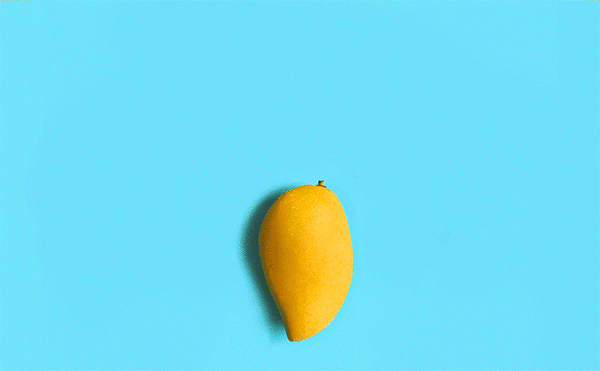
It is recommended that when trying a new fruit, especially when you give it to your child that you have not touched it before, eat a small amount first, make sure you are not allergic, and then increase your intake.
Throat
Pineapple, kiwi, papaya and other fruits contain proteases, which can damage the mucous membrane of the digestive tract and cause discomforts such as “sand mouth” and “throat”.
Generally speaking, the higher the ripeness of the fruit, the worse the protease activity. Therefore, try to choose the riper fruit as much as possible.
Heating can completely destroy the activity of protease. Some fruits that are particularly irritating can be eaten after being cooked. They can not only reduce the greasy feeling, but also make the meat more tender, such as pineapple sour pork and papaya ribs soup, etc.
Diarrhea
The “fruit seeds” rich in dragon fruit, kiwi fruit and other fruits are mostly fiber, which cannot be digested and absorbed by the intestinal tract, but will stimulate the intestinal peristalsis and promote faster excretion of intestinal contents.
For people who are prone to diarrhea, eating large amounts of such fruits will aggravate the symptoms of diarrhea.
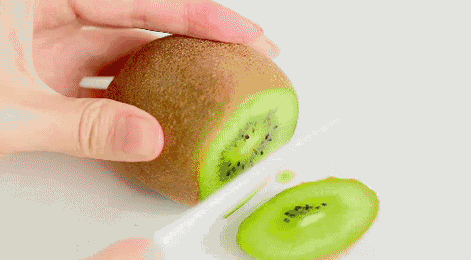
Hypoglycemia
Some people will experience dizziness, pale complexion, fatigue and other symptoms of hypoglycemia after eating lychee. This phenomenon is also called “lychee disease.”
Some studies believe that the hypoglycine substances contained in lychee are the main culprit of lychee disease. This substance can interfere with the normal glucose metabolism in the human body and cause hypoglycemia.
The toxin content in lychees that are not fully mature is higher. It is better to buy well-ripe lychees and not eat them on an empty stomach.
Heartburn
Bayberry, plum, lemon, wild jujube, hawthorn and other fruits contain a lot of organic acids. Eating too much can easily lead to excessive gastric acid secretion, causing symptoms such as pantothenic acid, heartburn, and heartburn. This is especially true for people who already have more stomach acid. It gets worse”.
Acne
Fruits such as durian and jackfruit are very high in sugar. After sugar enters the human body, it will promote the production of sebum. The more sugar you eat, the stronger the sebaceous glands will secrete, which will induce or aggravate acne.

Yellow skin
Fruits such as mango and papaya are rich in carotene. If you eat too much, the liver will not be able to completely decompose it, which will cause the carotene concentration in the blood to be too high, which will deposit on the stratum corneum and mucous membranes of the skin, resulting in yellow skin.
However, as long as you stop taking foods that contain a lot of carotene, your skin color will change back in a week or two.
Urine “blood”
The red dragon fruit contains a natural pigment called “betaine”, which is not easily decomposed and absorbed by itself, and will be excreted with urine and stool.
After drinking more water and urinating several times, the color of urine will return to normal.
Comments